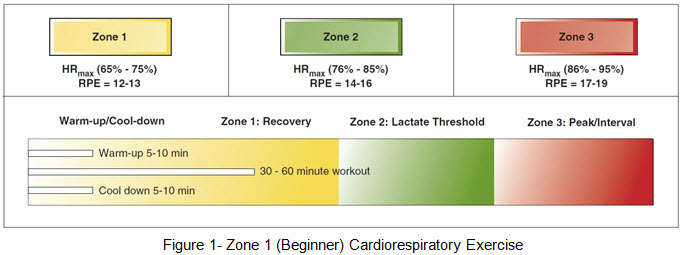Basic aerobic fitness is necessary, whether you’re trying out a new 10km or challenging your personal best. A strong heart can help protect you against exhaustion and aid with recovery. Despite the benefits, it’s important to progressively increase the intensity of your cardio training. It’s not always easy to feel that you’re working too hard, especially when you’re competing with yourself here.
To run safe while tracking progress, having a HR monitor on hand can help you gauge which heart rate zones you’re working in. There is an entourage of HR monitors out there, from basic ones (that just do what they’re called) and those that come with an accessory of additional features. But before you go out and wreck your wallet getting one, let’s get some facts right.

TRUE OR FALSE: Resting HR is a good indicator of physical fitness.
True. As you train more, your heart becomes more efficient. It requires a lower beats per minute to deliver the same amount of blood through your body. For most people, the normal resting HR is about 60 to 90 bpm. For more trained athletes, it can go 10 to 20 bpm lower. The best time to capture resting HR is in the lingering minutes when you just awake from sleep. Those HRM (heart rate monitors) that help you track sleep patterns and capture HR during those times would be great.
TRUE OR FALSE: Your max HR decreases with age.
True. As you age, the upper limit of your HR declines. Scientifically, it’s because aging depresses the spontaneous electrical activity of the heart’s natural pacemaker, the sinoatrial node. If you’re the kind who continues pushing with every birthday you celebrate, it’s going to be important to watch how hard you’re pushing yourself. Some HRM allow you to set HR zones, while others allow you to set upper HR limits. Those might be useful for the more cautious ones. Otherwise, you can simply refer to your HRM during workouts.
TRUE OR FALSE: The harder you work, the more weight you lose.
False, false, false. I can’t emphasize this enough. It’s the net calorie intake that would determine whether you lose or gain weight. However, different HR zones would train you for different distances. That would ultimately affect your race performance. Matt Fitzgerald has an amazing book for that called “80/20 Running.” In which, he mentioned that distance runners should be doing 80% of their training at low intensity and only 20% at moderate-to-high intensity. That’s because when you want to train your muscles to resist fatigue, you’ve got to go slow to recruit the right hormones for that. Matt also mentioned that it’s easy for us to confuse our “habitual pace” with our “low intensity.” In this case, having a HRM on hand to give you quantitative gauge of your training progress would help.
Does everyone need a HRM?
Of course not! It’s really up to you to decide how much you’d like to invest into your training and we have great runners who train based on how their bodies feel. So we say: Read the facts above and then make your decision.


